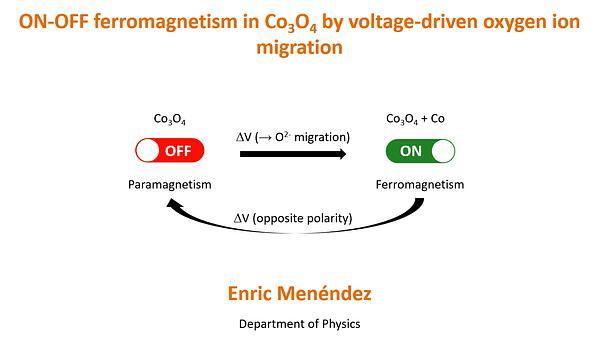
Premium content
Access to this content requires a subscription. You must be a premium user to view this content.

technical paper
Control of the spin wave spectra by magnetic field orientation and magnitude in crescent
Spintronic devices operating on spin waves (SW) can be more efficient than oxide semiconductors due to their high frequencies and low energy cost. Therefore, SW based technology may prove to be more powerful than CMOS devices due to its intrinsic characteristics 1. Magnetic field is the primary stimuli controlling magnetism and SW dynamics. Thus, the study of the influence of the magnetic field on ferromagnetic nanostructures with different geometries is critical for modern technologies, especially for the development of 3D-magnonic circuits, where the geometric constraints generate a strong relationship between the fields of demagnetization, exchange and bias.
Recently, it has been experimentally demonstrated that the 3D network formed from the crescent-shape nanorods (CSN) is promising for development of 3D ferromagnetic systems for various applications 2. As yet, CSN-s have not been investigated for their effect on SW spectra and manipulations in relation to magnitude and magnetic field orientation. Untypical results make our analysis relevant for future investigations and applications. In particular, we show that there are edge localized and bulk SW modes. The edge modes decouple when the external magnetic field rotates, Fig. 1. Thus, the two edges of the CSN behave as two distinct channels for SW guiding, whose frequency can be controlled by the magnetic field magnitude and orientation. Interestingly, both the polar and azimuthal rotations of the field significantly affect the ferromagnetic resonance spectra. It alters the number of most intense lines in the spectra and their frequency range. When additional magnetic layer is added to the CSN, the magnetostatic coupling between the elements leads to additional modes splitting, Fig. 2. Thus, the CSN-s can support 3D magnonic circuits at nanoscale, which operate at wide range of frequencies, offer multimode operation, and promise nonreciprocal effects.
The research has received founding from the NCN Poland, project no 2020/39/I/ST3/02413.
References 1 A. V. Chumak et al., Advances in Magnetics Roadmap on Spin-Wave Computing, IEEE Trans. Magn. 58, 1 (2022).
2 A. May, et al., Realisation of a frustrated 3D magnetic nanowire lattice. Commun. Phys. 2, 13 (2019).


